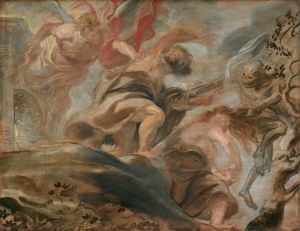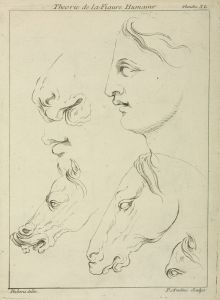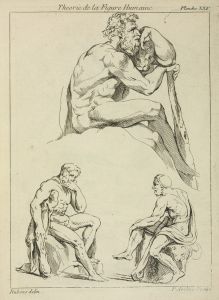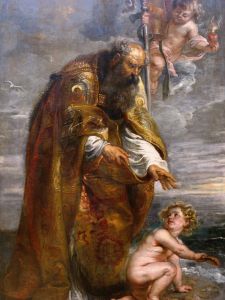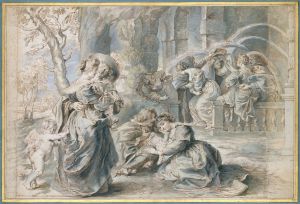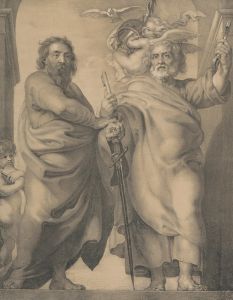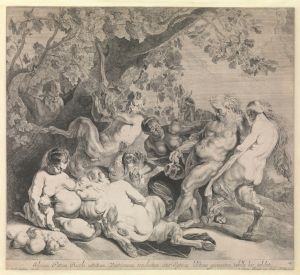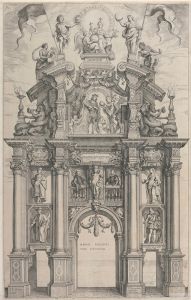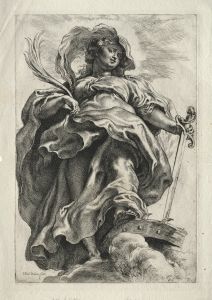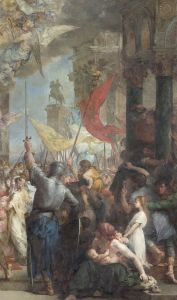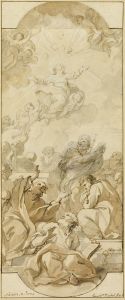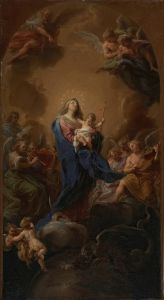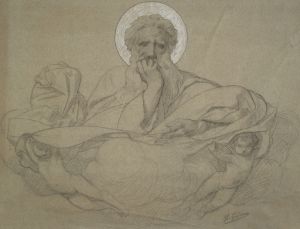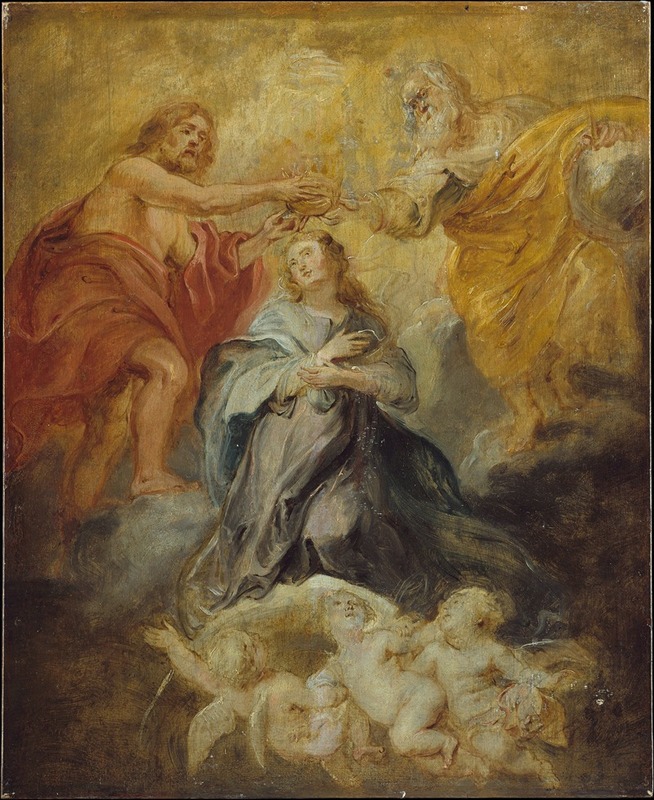
The Coronation of the Virgin
A hand-painted replica of Peter Paul Rubens’s masterpiece The Coronation of the Virgin, meticulously crafted by professional artists to capture the true essence of the original. Each piece is created with museum-quality canvas and rare mineral pigments, carefully painted by experienced artists with delicate brushstrokes and rich, layered colors to perfectly recreate the texture of the original artwork. Unlike machine-printed reproductions, this hand-painted version brings the painting to life, infused with the artist’s emotions and skill in every stroke. Whether for personal collection or home decoration, it instantly elevates the artistic atmosphere of any space.
"The Coronation of the Virgin" is a renowned painting by the Flemish Baroque artist Peter Paul Rubens. Created between 1609 and 1611, this artwork exemplifies Rubens' mastery in depicting religious themes with dynamic composition and vibrant color. The painting is housed in the Kunsthistorisches Museum in Vienna, Austria, which is home to an extensive collection of works by Rubens.
Rubens was a pivotal figure in the Baroque movement, known for his exuberant style that emphasized movement, color, and sensuality. His works often depict religious and mythological subjects, reflecting the Counter-Reformation's emphasis on art as a means of inspiring faith and devotion. "The Coronation of the Virgin" is a quintessential example of this approach, portraying the Virgin Mary being crowned as the Queen of Heaven, a popular theme in Christian art that symbolizes her exaltation and the divine grace bestowed upon her.
In the composition, Rubens employs a dynamic arrangement of figures, with the Virgin Mary at the center, elevated and surrounded by angels. The Holy Trinity is represented with God the Father and Jesus Christ placing a crown on Mary's head, while the Holy Spirit, depicted as a dove, hovers above. This triangular composition not only emphasizes the centrality of the Virgin Mary but also reflects the unity and harmony of the Holy Trinity. The use of vibrant colors and dramatic contrasts of light and shadow are characteristic of Rubens' style, enhancing the sense of divine majesty and celestial glory.
Rubens' ability to convey emotion and movement is evident in the expressive gestures and flowing drapery of the figures. The angels, with their dynamic poses and fluttering garments, add a sense of liveliness and celestial celebration to the scene. The artist's skillful use of color, particularly the rich blues and reds, not only draws the viewer's eye to the central figures but also imbues the painting with a sense of warmth and vitality.
"The Coronation of the Virgin" reflects Rubens' deep understanding of religious iconography and his ability to translate theological concepts into compelling visual narratives. The painting serves as a testament to the artist's ability to blend traditional religious themes with the Baroque style's emphasis on drama and emotion.
Rubens' work was highly influential in his time and continues to be celebrated for its artistic and historical significance. His paintings, including "The Coronation of the Virgin," played a crucial role in the development of Baroque art across Europe, influencing countless artists and shaping the visual culture of the 17th century. The painting remains an important piece within the collection of the Kunsthistorisches Museum, attracting visitors and scholars interested in Baroque art and Rubens' oeuvre.
In summary, "The Coronation of the Virgin" by Peter Paul Rubens is a masterful representation of Baroque religious art, showcasing the artist's skill in composition, color, and emotional expression. It stands as a significant work within Rubens' body of work and the broader context of European art history.






